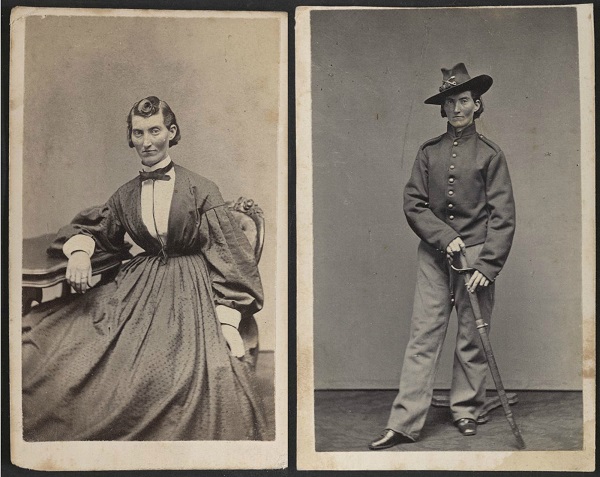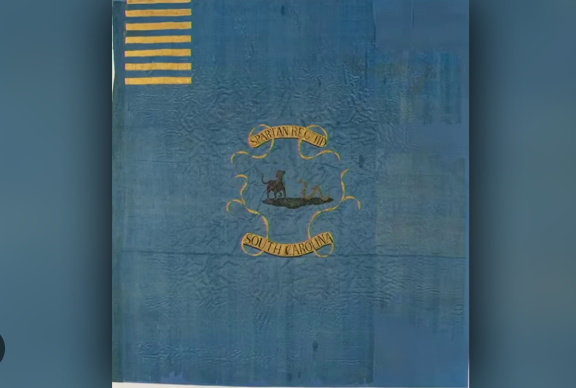In July of 1863, a Union burial detail at Gettysburg, Pennsylvania made a startling discovery near Cemetery Ridge. Among the bodies covering the ground–the wreckage of the Confederate attacks during the battle–the Union men found a dead woman wearing the uniform of a Confederate private.
The burial detail had stumbled upon one of the most intriguing stories of the Civil War: the multitudes of women who fought in the front line.
Although the inherently clandestine nature of the activity makes an accurate count impossible, conservative estimates of female soldiers in the Civil War puts the number somewhere between 400 and 750. Long viewed by historians as anomalies, recent scholarship argues that the women who fought in the Civil War shared the same motivations as their male companions.
Some women went to war in order to share in the trials of their loved ones. Others were stirred by a thirst for adventure, the promise of reliable wages, or ardent patriotism. In the words of Sarah Edmonds Seelye, also known as Franklin Flint Thompson of the 2nd Michigan Infantry: “I could only thank God that I was free and could go forward and work, and I was not obliged to stay at home and weep.” Seelye holds the honor of being the only woman to receive a veteran’s pension after the war.
Jennie Hodgers, also known as Albert Cashier of the 95th Illinois Infantry, participated in more than forty engagements. Frances Clayton served with the 4th Missouri Artillery and was wounded at the Battle of Shiloh and again at the Battle of Stones River. Loreta Janeta Velazquez served the Confederacy as fighter and spy “Lieutenant Harry Buford.”
Women stood a smaller chance of being discovered than one might think. Most of the people who fought in the war were “citizen soldiers” with no prior military training–men and women alike learned the ways of soldiering at the same pace. Prevailing Victorian sentiments compelled most soldiers to sleep clothed, bathe separately, and avoid public latrines. Heavy, ill-fitting clothing concealed body shape. The inability to grow a beard would usually be attributed to youth.
Some women in uniform were still discovered, often after being wounded in battle and sent to a field hospital. Clara Barton, who went on to found the Red Cross, discovered Mary Galloway’s true identity while treating a chest wound Galloway had suffered at the Battle of Antietam. Finding a woman in the ranks would generally bring a welcome dose of rumor and wonderment to camp life.
The discovered woman herself would usually be sent home without punishment, although an unlucky few faced imprisonment or institutionalization.
Clara Barton claimed that the four-year war advanced the social position of women by fifty years. The 1881 manifesto History of Woman Suffrage, written by luminaries Susan B. Anthony, Elizabeth Cady Stanton, and Matilda Gave, argued vigorously that female front-line service proved that women should be accorded the same rights as male defenders of the republic. The Civil War changed the nation’s perception of its citizens’ capabilities and catalyzed a new push for equality not only between races, but between genders as well.
—battlefields.org




